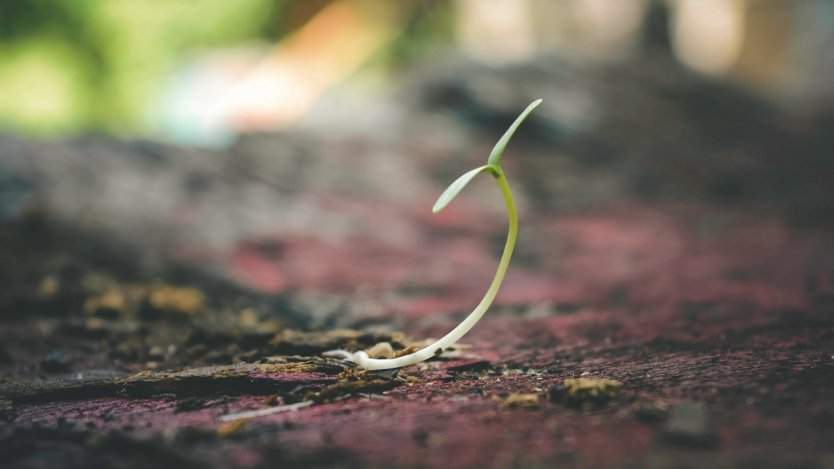At first glance, it’s hardly awe-inspiring. It is, after all, just dirt.
A closer look, however, reveals that soil is teeming with unseen life, with millions of previously unknown species that are only now being examined and categorized.
Soil is the foundation of the ecological food chain. And like everything in that chain, it’s being affected by climate change.
“If you’re trying to find the effects of climate change on the soil microbiome, you have to know what the soil microbiome was at the start,” said Jeremy Dettman, a scientist at the Ottawa Research Development Centre.
“In order to detect change, you need to know where you're starting from.”
As the climate continues to fluctuate, tracking changes in soil could reveal information about the effect on crop yields. The health and sustainability of these “agroecosystems” — the organisms and overall environment of an agricultural area — is crucial to making sure that crops are able to withstand any future changes in the climate.
Scientists at Agriculture and Agri-Food Canada are working on ways to track - and mitigate - climate change in many areas: gas emissions, water pollution and, of course, soil health. And they’re using DNA barcoding to do it.
Barcoding is the process through which a small portion of an organism's DNA is used to identify its species and then labelled, similar to barcoding items in a grocery store. But unlike a grocery store, there is an extensive amount of organisms that have yet to be barcoded and labelled. Once they are labelled, however, the barcode can be used to match DNA to other organisms, which helps with figuring out an organism’s species.
The process has been used for everything from determining a deceased person’s time of death by identifying what kind of flies are around their corpse, to the unfortunate “Sushi Gate” incident, where high school students in New York discovered that cheap fish was often being mislabeled in sushi as more expensive and desirable fish.
The technology was first proposed by Paul Hebert (https://www.ncbi.nlm.nih.gov/pmc/articles/PMC1691236/pdf/12614582.pdf), a professor of biology at the University of Guelph, in 2003. It was a radical idea at the time, but has since become an internationally recognized tool.
Dirk Steinke, a research coordinator at the University of Guelph, said barcoding is certainly a great deal quicker now than in the past as it allows scientists to sequence millions of barcodes at once.
“You can actually identify several total environmental samples with tons and tons of little specimens so you get a better picture of an entire community instead of one single specimen at a time,” he said.
At the Ottawa Central Experimental Farm, DNA barcoding is being used to track differences in organisms in the soil, such as their distribution and frequency, that may be connected to climate change. Getting a complete view of the soil’s biological community is crucial to measuring the effects over time, as it gives a more complete view of when and how changes occur, explained Dettman.
Dettman also said that there has been a shift in thinking when it comes to the health of plants and agricultural ecosystems as a whole.
“Realization that other things around the plant - what's in the soil, things that are growing on its leaves, the different types of nutrients in the ground, the different types of pollutants in the air - everything ... is affecting the plant's health,” he said.
Climate change has created a new challenge for soil barcoding, as it has affected the distribution of species, but the technology is definitely up to the task.
The increase in processing power and amount of information about organisms is something that Budong Qian, another Agri-Food researcher, is particularly interested in. Qian’s work mainly focuses on soil productivity and how it affects agricultural health.
However, Qian spoke cautiously about the future of agriculture in Canada and said preparation is needed to ensure proper soil and crop management.
“I think we are getting more knowledge (about climate change) so we know a bit of what’s going to happen, although there is still a lot of uncertainty,” he said. “It’s still something we have to face.”
Dettman shared that sentiment, saying the most important thing to come out of modern soil research is the discovery of “microbial dark matter” - the vast collection of organisms that scientists have yet to discover. Ultimately, the research has mainly revealed how much further the science has to go.
“What we know is that we’re just scraping the surface of what’s down there.”













